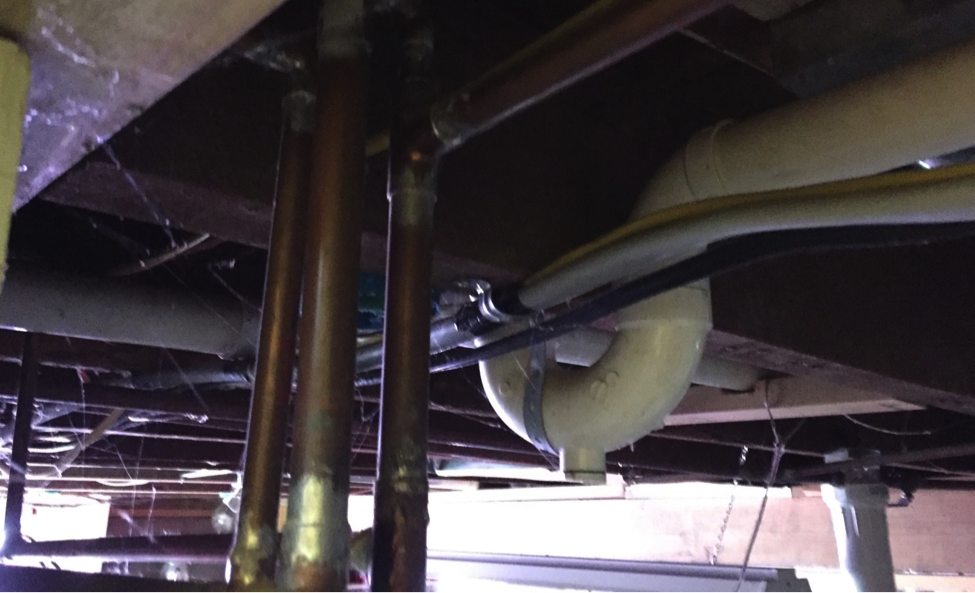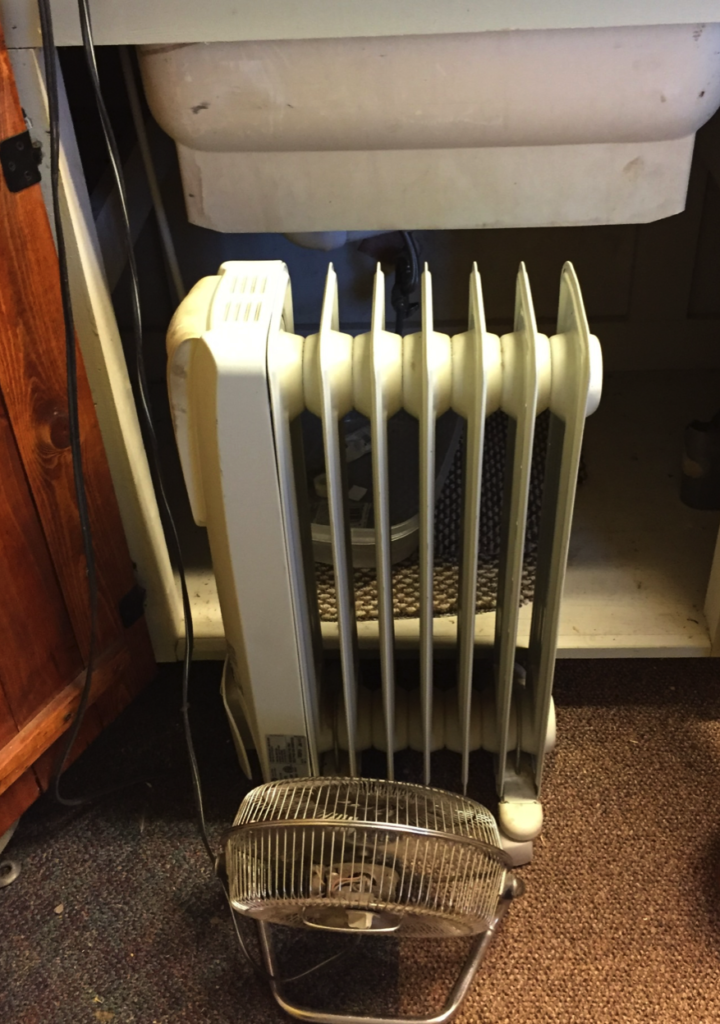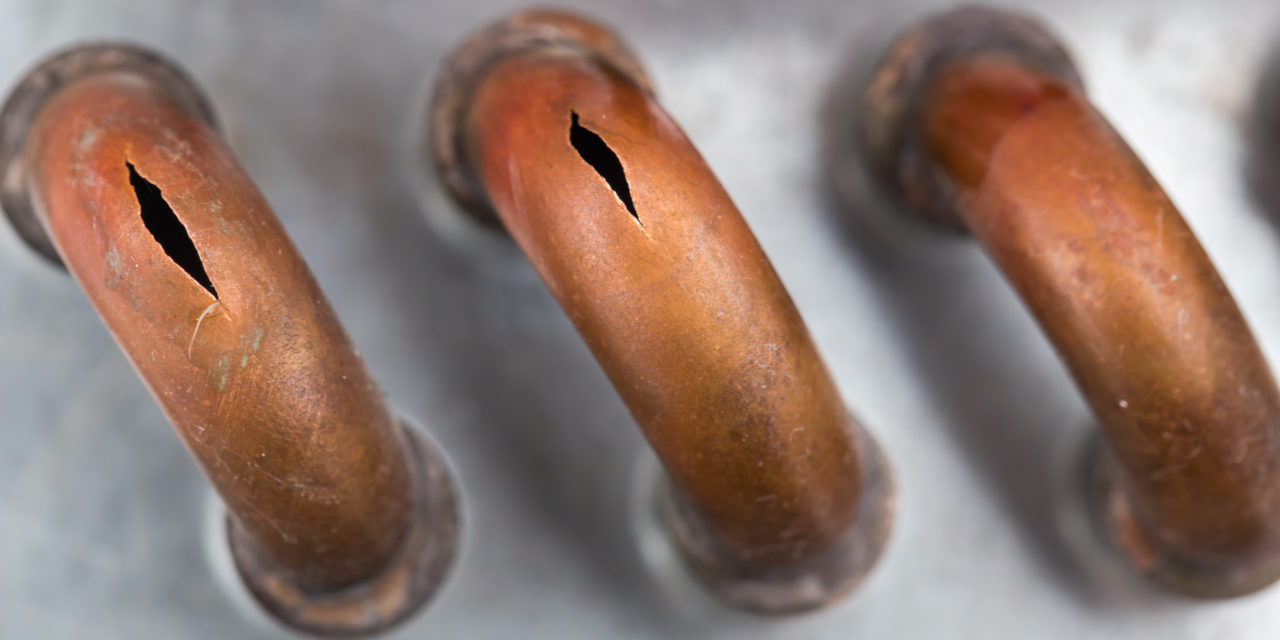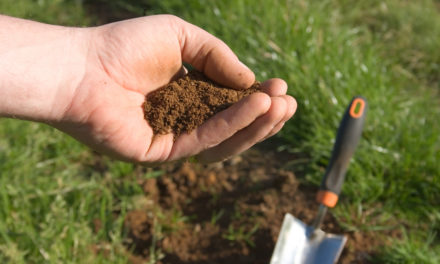How are the pipes? A season of sub-zero temperatures and water main breaks can make life challenging. Pile onto the full-time work of a homestead or the suburbs, the added pressure of making sure water pipes and drains do not freeze: it’s enough to make life interesting.
Being pro-active when it comes to plumbing is always a great idea. An ounce of prevention is much better than the pound of cure if the line burst and you find yourself mopping an inch of water up from the carpet.
How do you prevent frozen pipes? Note: This is written for the new homeowner or apartment dweller that may not be aware how much grief frozen pipes can bring into your lives until you can’t shower for the fourth day in a row due to frozen drains. So, please bear with me if you are an old hand at pipeline.
 The first thing you need to locate is the shut-off valve for the water. There will usually be a master shut-off valve for the entire house but also, shut-off valves for every toilet and under each sink. Here is the shut-off valve for the water lines to my kitchen. Jim is old-school so we went to Buchheit and paid the extra money for quality copper lines. One advantage to copper is that all metal lines respond well to the heat of a hair dryer or heat gun to defrost a trouble spot. To shut off the water: turn the lever upward. Ok, I know most everyone knows how to turn off a shut-off valve, but I am thinking of my young niece who would not know if it would be safe to flip the handle up, so bear with me, please.
The first thing you need to locate is the shut-off valve for the water. There will usually be a master shut-off valve for the entire house but also, shut-off valves for every toilet and under each sink. Here is the shut-off valve for the water lines to my kitchen. Jim is old-school so we went to Buchheit and paid the extra money for quality copper lines. One advantage to copper is that all metal lines respond well to the heat of a hair dryer or heat gun to defrost a trouble spot. To shut off the water: turn the lever upward. Ok, I know most everyone knows how to turn off a shut-off valve, but I am thinking of my young niece who would not know if it would be safe to flip the handle up, so bear with me, please.
Many times it’s not the main lines that you are frequently using that ice up but the minor lines like my mudroom sink that are more open to the elements in an enclosed porch. To prevent freezing lines, I rolled in one of the oil-filled heaters and opened the doors. The beauty of these heaters is that they have a very low setting that allowed me to use them to bring heat to the area without breaking the bank.
The brutal sub-zero conditions with a strong North wind kept up for days. Many times, one or two days of intense cold will not cause too much trouble, but it’s the enduring extended weeks of frigid temps that takes a toll. I was lying in bed when I heard a loud pop! I didn’t want to look, but I checked all the lines and found the one plastic line under the sink had blown out as it froze. Even though we had the heater in place, Jim had forgotten to open the vents that allow heat into the basement. Just that one tiny mistake was enough to enable calamity to strike.
He opened the wall and started fans blowing warm air across the frozen lines.
The iced lines and the shower drain were all in one place; against the porch where the wind could reach but where it was impossible to use heat tapes (another great invention available at Buchheit).
We moved a space heater into the bathroom and I spent most of Monday morning pouring boiling water down the frozen drain. NOTE: Don’t try this if you have never done this before. I know the installer (Jim) who put in all the drains and copper lines so they could withstand the treatment. I was delighted when the drain finally drained on its own. It’s no fun dipping out the cold water and repeating the process.
I cleaned the drain and the entire shower using baking soda and vinegar. I decided not to post the gross photo of all the black water that filled the shower basin while I was working on opening the line. I have gotten spoiled with the recent mild winters, but this is just of part of life in Southern Illinois. I know this was not a glamorous posting, but running water is a luxury! Please stay warm and safe and remember to check on any elderly neighbors.
Be blessed! Anne May






